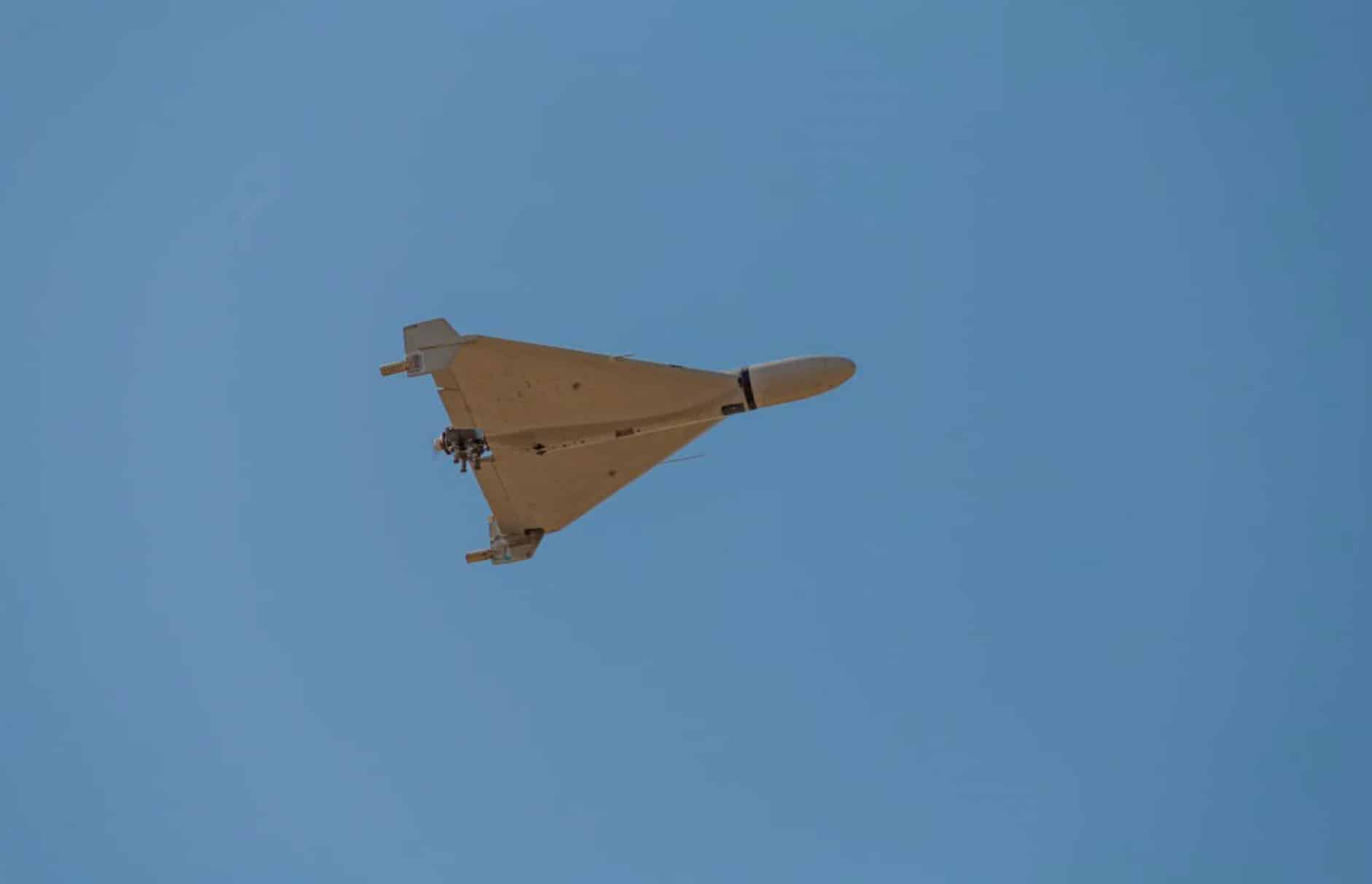Russia’s Unprecedented 728-Drone Assault on Ukraine: Exploring the Rise of Drone Warfare
In the early hours of July 9, 2025, modern warfare witnessed a transformative event as Russia conducted a colossal attack using 728 drones and 13 missiles against Ukraine, marking the largest drone swarm assault recorded to date[3]. This event not only underscores a critical shift in the protracted conflict but also illustrates how drone technology is reshaping military strategies, defense paradigms, and the everyday lives of individuals embroiled in the conflict.
This article delves into the specifics of the attack, its implications, and its potential impact on military technology and global security.
The Anatomy of a Record Drone Strike
During the night of July 8-9, Russia executed a combined drone and missile strike involving at least 728 unmanned aerial vehicles—reports suggest the actual figure could be as high as 741 when accounting for decoys and support UAVs[2][3][1]. While Kyiv and its surrounding regions were the primary targets, the assault spanned across Ukraine, affecting cities like Chernihiv, Sumy, Poltava, Kirovohrad, Kharkiv, and as far west as Lutsk[1][4].
- Duration: Continuous bombardment lasted almost 10 hours[1].
- Drones Involved: The strike featured a combination of attack drones, mainly Iranian-designed Shahed variants (rebranded in Russia as Geran-2), and sophisticated decoy drones to challenge and dilute Ukrainian air defenses[1][2].
- Casualties and Damage: At least two people were killed, over 20 sustained injuries, with widespread fires and damage to residential and infrastructure sites[1][3].
- Defense Response: Ukraine reported intercepting 14 missiles and 164 attack drones, and another 204 were neutralized through electronic warfare tactics[1].
This comprehensive and multifaceted strike demonstrates both the advances in drone technology and the lethal efficacy of swarm tactics aimed at overwhelming and exhausting air defense mechanisms[2][5].
The Strategic Logic: Why So Many Drones?
Russia’s drone barrage is a calculated campaign with multiple strategic goals:
- Overwhelming Defenses: By deploying hundreds of drones in a synchronized strike, Russia aims to inundate missile defense systems, making it infeasible to intercept every threat, particularly when decoys are employed to mislead radar and anti-aircraft defenses[2][5].
- Psychological Impact: The relentless attacks intend to undermine civilian morale and instill fear, as citizens are forced into shelters beneath a sky filled with drones[5][3].
- Disruption of Ukrainian Forces: Recent attacks have targeted military recruitment and logistics hubs, seeking to hinder Ukraine’s mobilization efforts[2].
- Maximized Destruction: Enhanced drones equipped with larger warheads and AI functionalities for autonomous targeting raise their destructive power, complicating interception efforts[5].
A Ukrainian air force official succinctly noted:
This is an obvious escalation of terror by Russia: hundreds of ‘Shaheds’ every night, constant strikes, massive attacks against Ukrainian cities.[1]
Behind the Scenes: Russia’s Drone Industry Expansion
Russia’s capability to launch drone warfare on such a scale stems from a marked increase in domestic manufacturing:
- Domestic Production: Transitioning from reliance on Iranian imports, Russia has established significant drone manufacturing in various regions, including Tatarstan, reportedly employing workers from Africa and Asia to sustain production[5].
- Production Volume: Russian factories now produce over 5,000 drones monthly, facilitating attacks of this scope and regularity[5][2].
- Technological Advancements: New drone models incorporate AI for autonomous operations and upgraded warheads. These are largely variants of the Shahed-136, renamed as Geran-2, with specific models designed for decoy or saturation missions[5][2].
Ukrainian experts in electronic warfare anticipate a sevenfold increase in Shahed production, predicting regular













